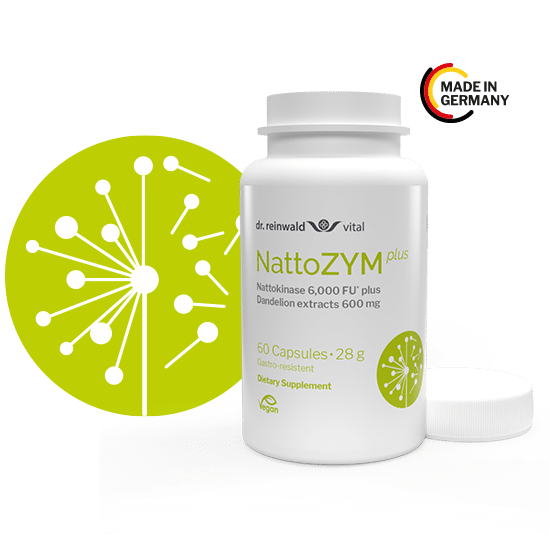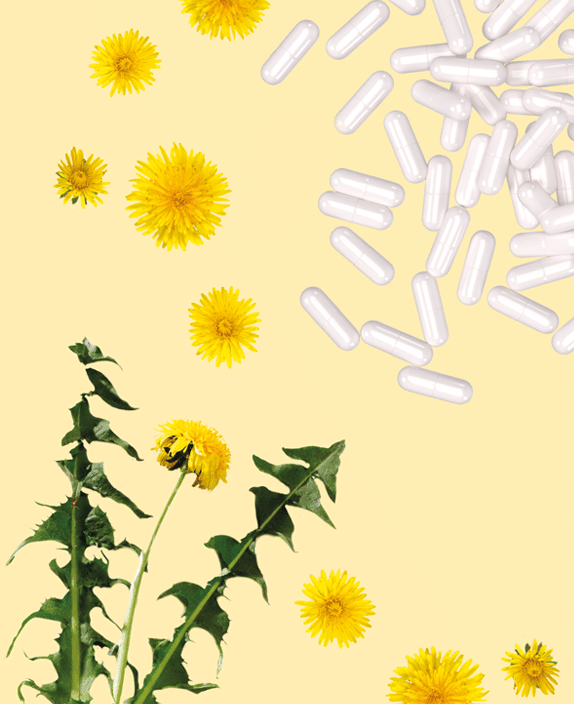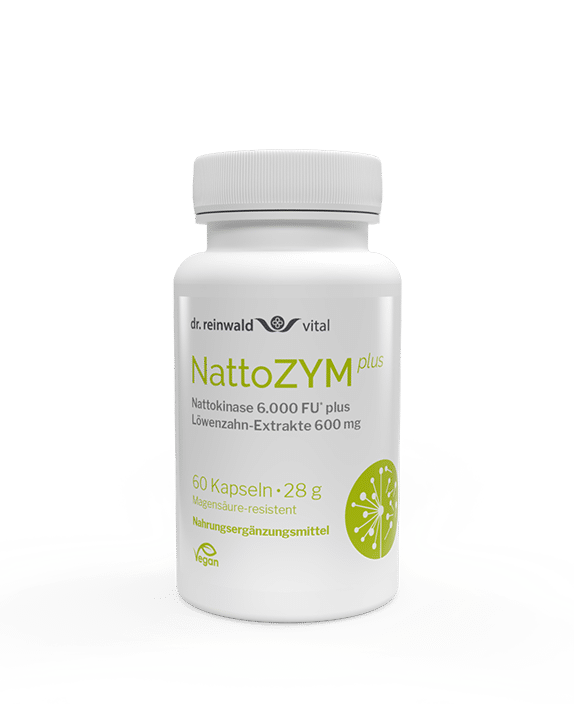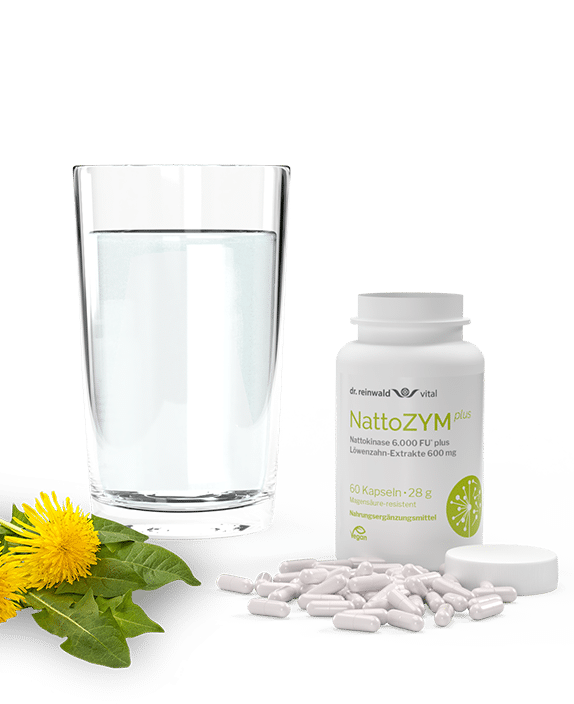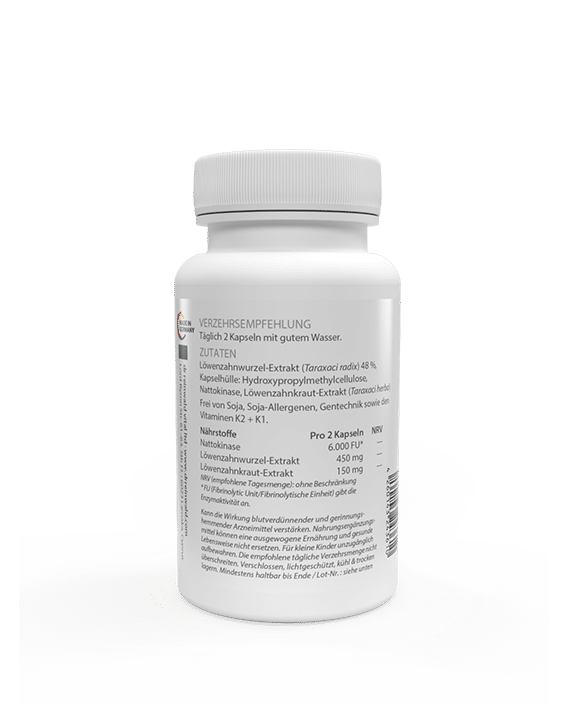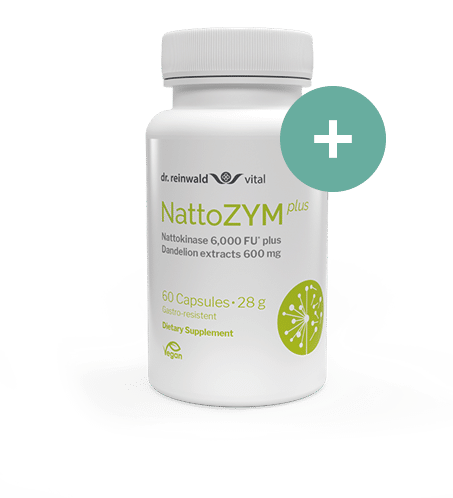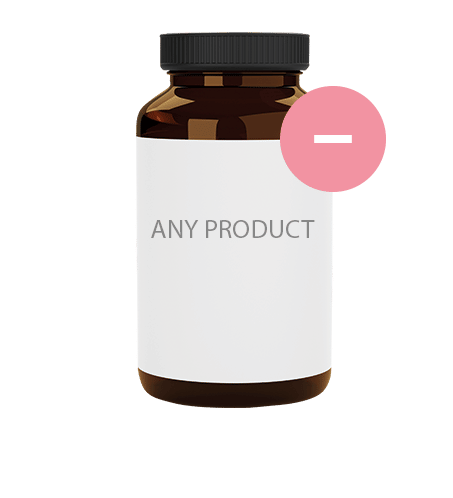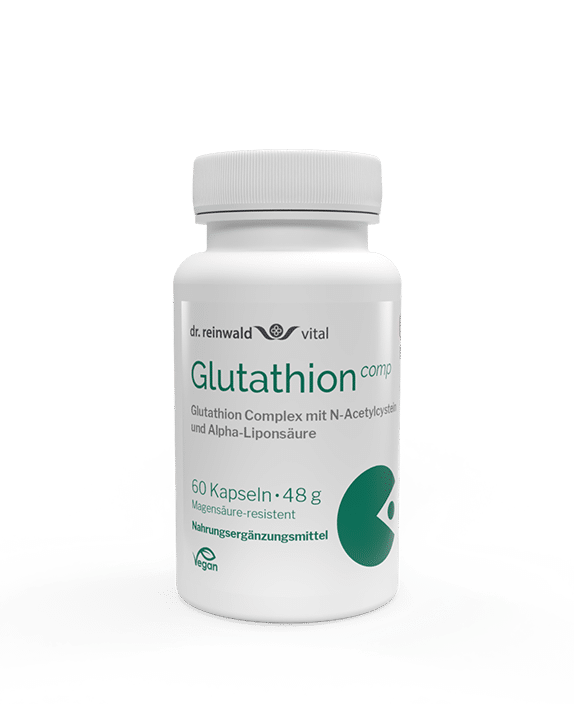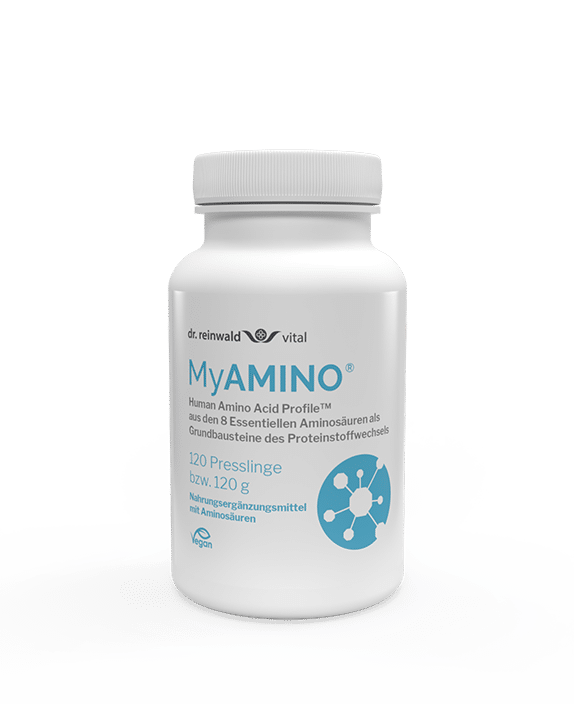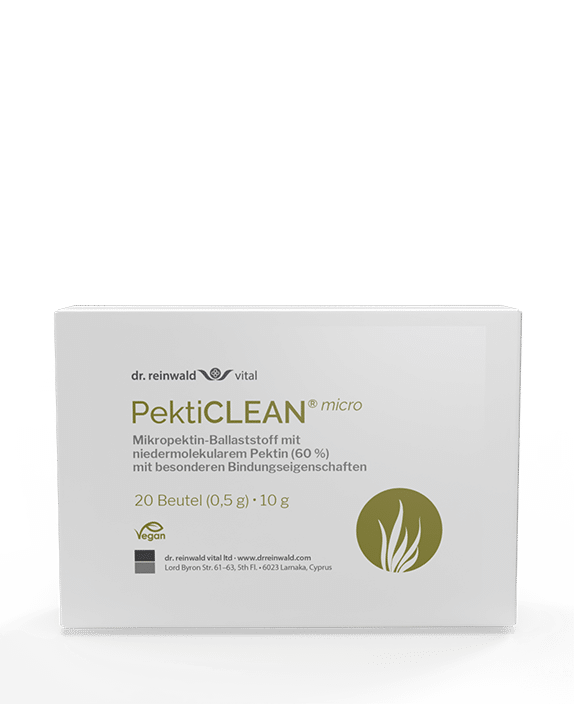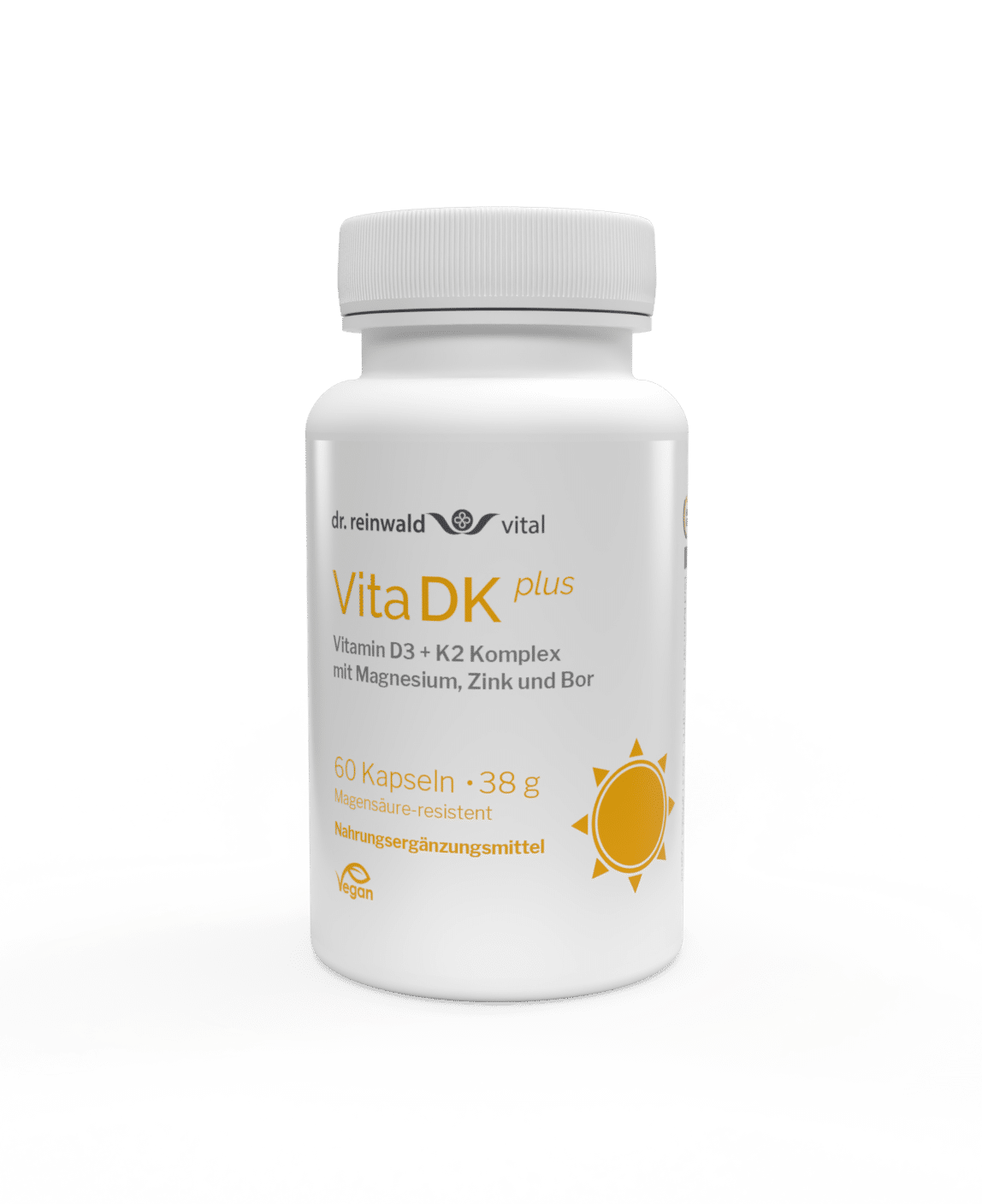Superenzyme with versatile mode of action
Japan’s people have always been characterized by their cardiovascular health. Part of this phenomenon has been attributed to the consumption of Natto, which therefore has generated a great deal of research interest. Accordingly, after its discovery, the enzyme made a rapid career, initially in the field of nutritional medicine research in Asia, but then also in the West. There are now more than 200 studies showing that nattokinase is an extremely versatile enzyme with numerous beneficial properties and plays a key role in our cardiovascular health. When ingested orally, it penetrates the wall of the small intestine and gets directly into the bloodstream, where it develops a systemic enzyme effect, i.e. it acts in the entire organism. There, as a fibrinolytic enzyme, it contributes to the cleavage of unwanted cell components containing fibrin and is involved in many important metabolic processes. This systemic aspect distinguishes nattokinase significantly from digestive enzymes such as the protein-digesting enzymes pepsin acting in the stomach or trypsin acting in the small intestine, or amylase, which is aimed at digesting starch.
Dandelion, taxonomically known in botany as Taraxacum, is a well-known bitter plant from the daisy family (Asteraceae). All parts of the plant are eaten worldwide as salads or wild vegetables and therefore have a rich tradition in the local cuisines of many continents.
Dandelion also has a long tradition in natural and folk medicine and is often called ”meadow ginseng“ in analogy to ginseng, which has been used in Asian cuisine for over 2,000 years to strengthen self-healing powers. Its English name Dandelion is derived from the French dent de leon, in Spanish diente de leon, in German Löwenzahn. The name refers to the toothed edges of the leaves.
The root of the plant has been used for centuries to stimulate liver, gallbladder and digestive system function and for immune modulation. The leaf is considered diuretic and is used as a digestive stimulant due to its bitter substances. The use of dandelion has always been based not only on the culinary aspect and the enjoyment of the fresh leaves and roots, but also on traditional experience regarding its beneficial and digestive aspects as well as the strengthening of the liver. As a natural diuretic, dandelion flushes the kidneys and urinary tract and helps with the body’s own detoxification and the rapid elimination of toxins.
The most important bioactive ingredients found so far in dandelion are concentrated in the root. These include essential oils and flavonoids/phenolic acids. In dry matter, the root also contains from up to 40 % inulin, which is a particularly valuable prebiotic dietary fiber. In addition, there are about 7.8 % pectin and 8.5 % mucilage, which can bind toxins during excretion, as well as numerous minerals and vitamins. The main bioactive ingredient is considered to be taraxacin, which is contained in the whole plant and also in the milky sap of the plant.
In the leaf we find, among other things, the flavonoids apigenin, quercetin and luteolin. Apigenin is a yellow plant pigment and it also occurs in celery, chamomile and dahlias. Luteolin which is beneficial for healthy sleep, we find it not only in dandelions, but also in numerous other edible plants, e.g. in parsley, artichoke leaves, navel oranges, carrots, celery, olive oil, green pepper, chamomile, peppermint as well as in many spices such as thyme, rosemary and oregano. This shows that a healthy diet based on fresh food is still the best protection against disease. Unfortunately, many of the valuable ingredients are lost through peeling, incorrect storage, especially for too long, as well as heating and other forms of preparation that are not beneficial to the ingredients.
In recent years, numerous researches have brought to light many other hitherto unknown properties of dandelion, and traditional knowledge such as the plant’s ability to stimulate liver metabolism has been proven nutritionally and biochemically. Even nutritional science now recognizes that such plants promote the flow of water in the human body via the above-mentioned regulation of fluid balance in a healthy way, and that this alone already promotes the detoxification work of the kidneys and helps to flush out toxins.
The biochemical mechanisms of action of the dandelion ingredients were still largely unexplored until the turn of the millennium. However, the body of knowledge has since grown massively and, as of the end of 2021, includes almost 900 studies. Beyond the known nutritional and physiological effects, numerous other beneficial effects of the plant have been shown, such as in type 2 diabetes (T2D). The previously unknown antidiabetic and blood sugar regulating properties of dandelion are attributed to the recently discovered chemical bioactive constituents such as chicoric acid, taraxasterol (TS), chlorogenic acid, and sesquiterpene lactones.
*FU (Fibrinolytic Unit): indicates the enzyme activity
References:
Fujita M. et al: Purification and characterization of a strong fibrinolytic enzyme (nattokinase) in the vegetable cheese natto, a popular soybean fermented food in Japan. Biochem Biophys Res Commun. 1993 Dec 30;197(3):1340-7. doi: 10.1006/bbrc.1993.2624. PMID: 8280151
2 Compare to the search engine of PubMed, the largest U.S. medical research database: https://pubmed.ncbi.nlm.nih.gov/?term=Nattokinase
3 Murakami Keiko et al: Inhibition of angiotensin I converting enzyme by subtilisin NAT (nattokinase) in natto, a Japanese traditional fermented food. Food Funct. 2012 Jun;3(6):674-8. doi: 10.1039/c2fo10245e. PMID: 22453301
4 Huang Z. et al: Nattokinase Attenuates Retinal Neovascularization Via Modulation of Nrf2/HO-1 and Glial Activation. Invest Ophthalmol Vis Sci. 2021 May 3;62(6):25. doi: 10.1167/iovs.62.6.25. PMID: 34036312; PMCID: PMC816437
5 Wichtl Max: Teedrogen und Phytopharmaka: Ein Handbuch für die Praxis, 2009
6 Täufel A. et al., Lebensmittel-Lexikon, 1993.
7 Yarnell and Abascal: Dandelion – Integrative Medicine • Vol. 8, No. 2 • Apr/May 2009
8 Schütz K et al.: Taraxacum – a review on its phytochemical and pharmacological profile. J Ethnopharmacol. 2006;107(3):313-323.
9 Bisset NGet al.: (eds). Herbal Drugs and Phytopharmaceuticals: A Handbook for Practice on a Scientific Basis. CRC Press, Boca Raton 1994, 486-48.
10 Modaresi M et al.: The Effect of Taraxacum officinale Hydroalcoholic Extract on Blood Cells in Mice. Adv Hematol.2012;2012:653412. doi: 10.1155/2012/653412. Epub 2012 Jul 12. PMID: 22844289; PMCID: PMC3401523
11 https://pubmed.ncbi.nlm.nih.gov/?term=Taraxacum
12 Wirngo FE, Lambert MN, Jeppesen PB. The Physiological Effects of Dandelion (Taraxacum Officinale) in Type 2 Diabetes. Rev Diabet Stud. 2016 Summer-Fall;13(2-3):113-131. doi: 10.1900/RDS.2016.13.113. Epub 2016 Aug 10. PMID: 28012278; PMCID: PMC5553762
13 Tran HTT et al.: In Vitro Effect of Taraxacum officinale Leaf Aqueous Extract on the Interaction between ACE2 Cell Surface Receptor and SARS-CoV-2 Spike Protein D614 and Four Mutants. Pharmaceuticals (Basel). 2021 Oct 17;14(10):1055. doi: 10.3390/ph14101055. PMID: 34681279; PMCID: PMC8538008
1 Fujita M. et al: Purification and characterization of a strong fibrinolytic enzyme (nattokinase) in the vegetable cheese natto, a popular soybean fermented food in Japan. Biochem Biophys Res Commun. 1993 Dec 30;197(3):1340-7. doi: 10.1006/bbrc.1993.2624. PMID: 8280151
2 Vgl. dazu die Suchmaschine der größten US-amerikanischen Datenbank für medizinische Forschung PubMed: https://pubmed.ncbi.nlm.nih.gov/?term=Nattokinase
3 Wichtl Max: Teedrogen und Phytopharmaka: Ein Handbuch für die Praxis, 2009
4 Täufel A. et al., Lebensmittel-Lexikon, 1993.
5 Wirngo FE, Lambert MN, Jeppesen PB. The Physiological Effects of Dandelion (Taraxacum Officinale) in Type 2 Diabetes. Rev Diabet Stud. 2016 Summer-Fall;13(2-3):113-131. doi: 10.1900/RDS.2016.13.113. Epub 2016 Aug 10. PMID: 28012278; PMCID: PMC5553762
without GMO
without animal testing
without additives
without pesticides
without soy
immune system
blood circulation
detoxification
